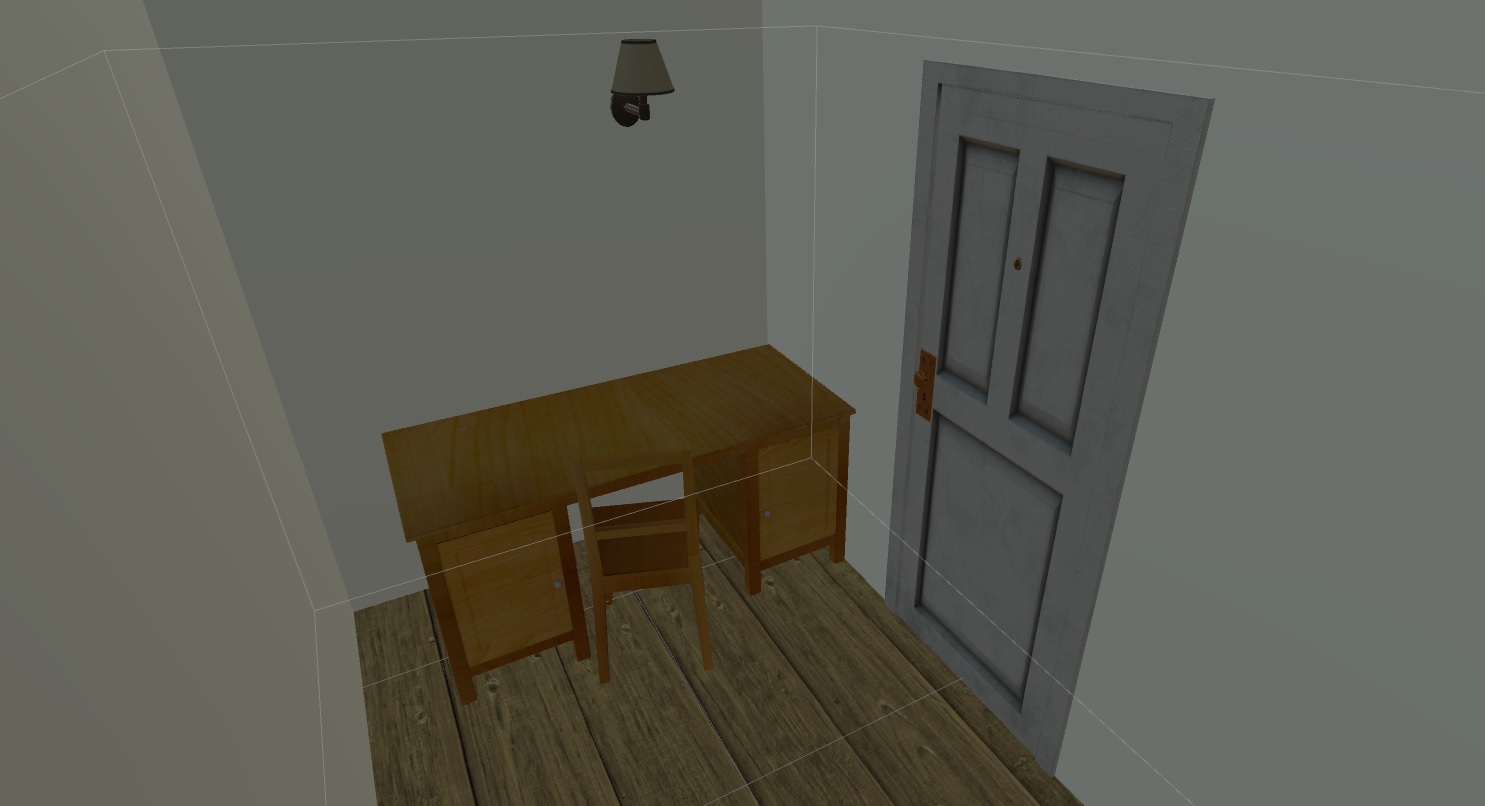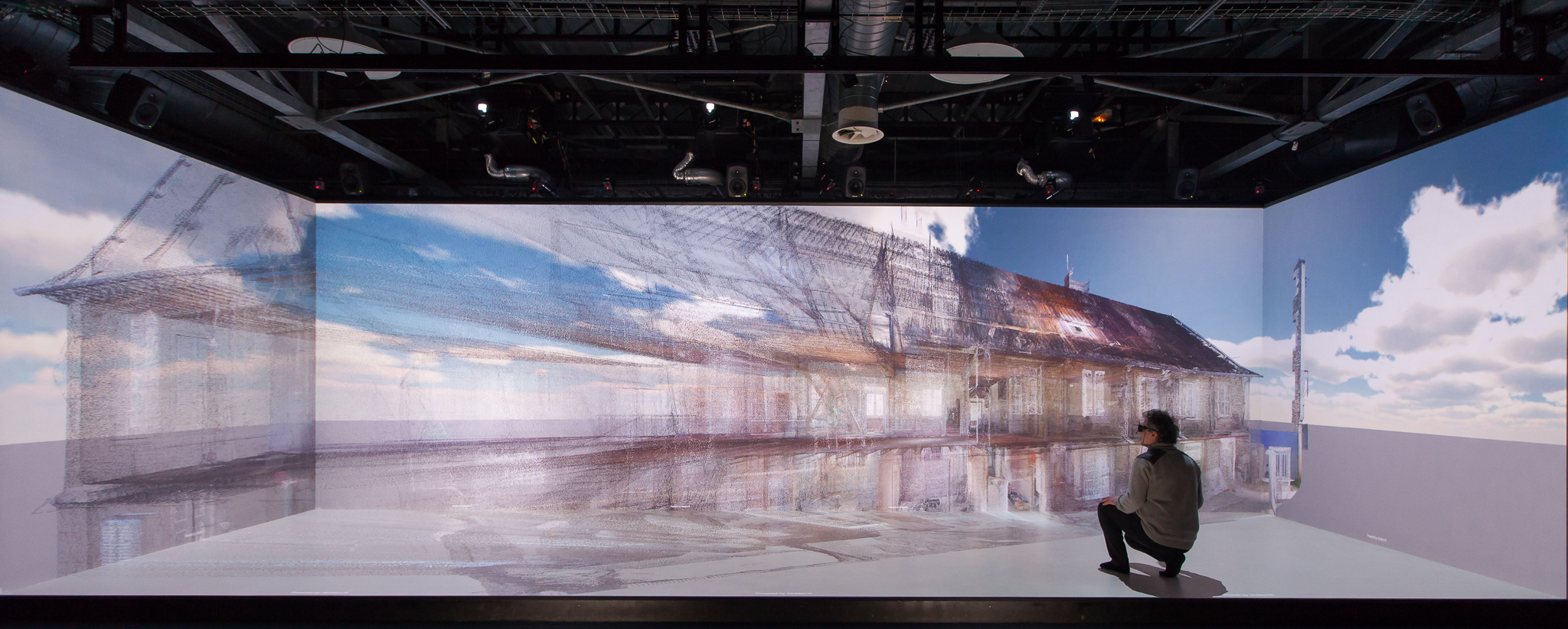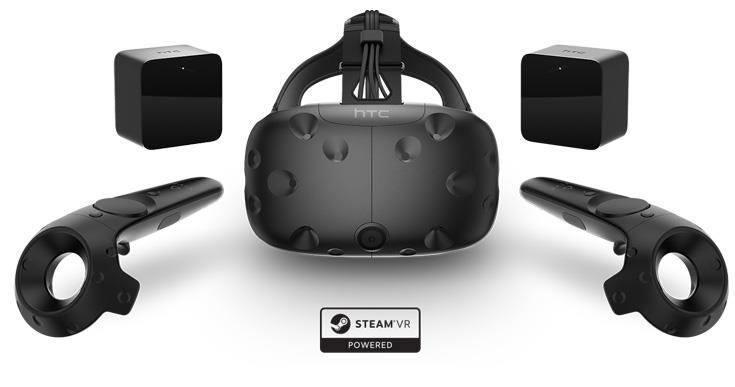Escape Room

The creation of Escape Room like game makes it possible to provide a stressful atmosphere to the player. He is pushed to think about how to solve puzzles while exploring his environment.
Virtual Reality

Virtual reality provides an interactive virtual environment that promotes motor function: the player moves, bends down, grabs objects, and so on. Immersion in play involves the use of several senses: visual, auditory or haptic (sensation of touch).
Thus, the game experience is unique.
HTC Vive

The virtual reality helmet offers the player a visual feedback. The wands allow him to interact with the environment and perform actions. The mode of movement in the game environment is natural thanks to infrared transmitters that detect the user's position.